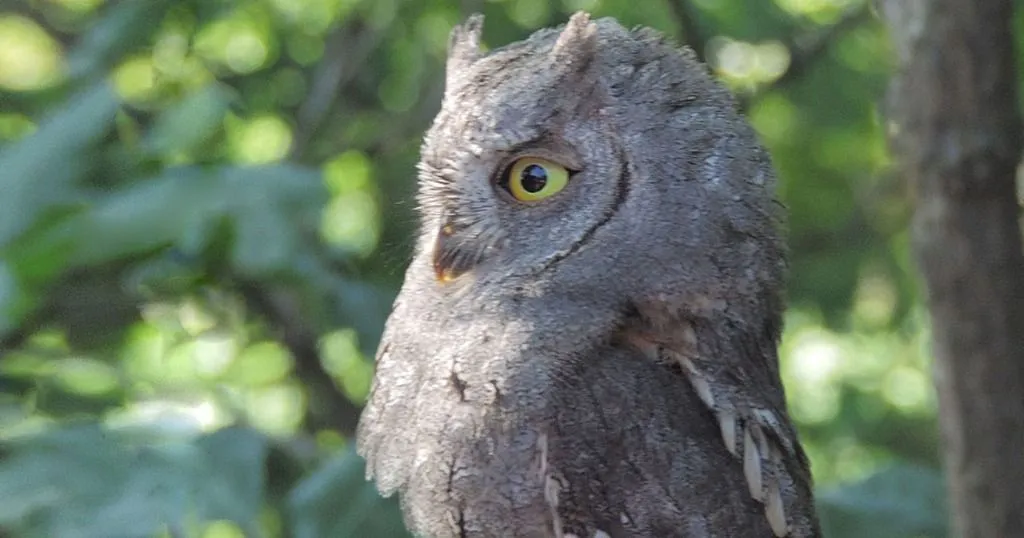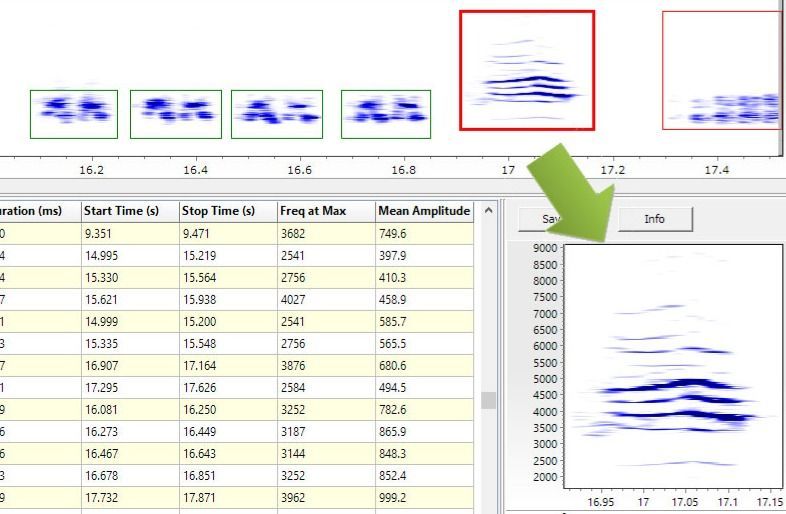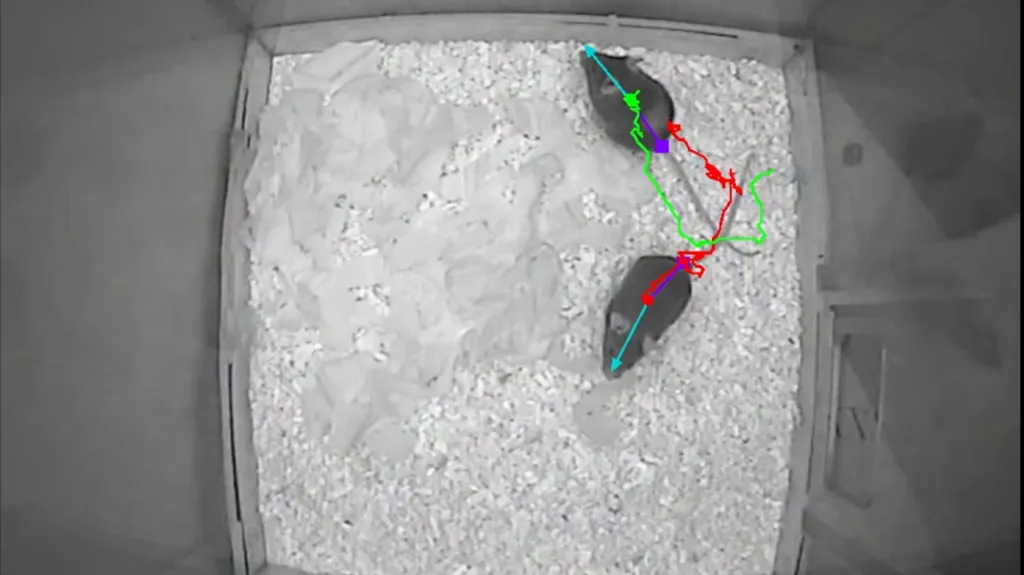How to analyze bird calls with UltraVox XT: a summer love on a spectrogram
You may know that the recently-released UltraVox XT 3 is used to study ultrasound vocalizations, especially in rodents and bats. But the fact that it analyzes full-spectrum sound, makes it ideal for analyzing bird calls.
Posted by
Published on
Tue 22 Dec. 2015
Topics
| Birds | UltraVox XT | Vocalizations |

You may know that the recently-released UltraVox XT 3 is used to study ultrasound vocalizations, especially in rodents and bats. But the fact that it analyzes full-spectrum sound, together with the filter options and cool features like the spectrogram and the automatic call detection, makes it ideal for analyzing bird calls. Yours truly must admit that he is not fond of quantification of behavior at any cost, but this time he could not resist.
How to analyze bird calls with UltraVox XT: A summer love on a spectrogram
I am personally interested in the ecology of a small nocturnal raptor, the Scops owl (Otus scops), the cutest of the owls in Europe, and certainly one of the least known. The Scops owl inhabits most of continental Europe, but the Mediterranean regions are definitely its strongholds. There, a melancholic, monosyllabic whistle interrupts the evening chorus of cicadas. It’s the male Scops owl, claiming its territory. “Tjuut, tjuut” resounds almost uninterrupted in the forests and pine plantations along the coastline, and is a familiar sound to people spending their summer holidays in camping sites (note: hearing them is the easy part; spotting them is a totally different matter).
Sometimes male and female owls make duets, giving the impression that one follows the other. Putting the vocalizations on a spectrogram is the starting point of my analysis. For example, I want to know whether the male changes its call tone when a female starts calling, or when another male, an intruder, closes in.
Visualizing the song
After loading the recording file in UltraVox XT, I can immediately look at the spectrogram, with the frequency in kHz on the y-axis. We know from the literature that female calls are slightly higher-pitched than male calls. And there, you see the difference: Tjuut (He; left) vs. Tiùut (She; right). Because the female was further away, her call looks weaker in the spectrogram (darker blue means higher amplitude).

Analyzing the calls
First of all, I wanted to know whether UltraVox XT is able to discriminate between male and female calls. Therefore, I drew rectangles around sample spectrograms like those in the figure below. I gave each rectangle a name and a color. From those samples UltraVox XT extracts frequency range, mean amplitude and duration to be used as search parameters.

Then I let UltraVox XT find the calls in the recording. And there they are, after zooming out to view a longer time fragment:

For each call category, UltraVox XT shows statistics like the time of occurrence, the dominant frequency and mean duration. It was immediately clear that each bird has a strikingly constant frequency fingerprint.
I also had a look at other, more complex bird songs, like that of a reed warbler here below. Here I could easily detect repetitive elements in a phrase (see the green rectangles on the left). When clicking one of the detected calls, UltraVox XT makes an enlarged spectrogram (right).

After call detection, the statistics and even the spectrograms are ready for export. In short, there is plenty of opportunities to analyze bird calls with this software.
Have fun!
Featured photo by Nouhouhouk [CC BY-SA 4.0 (http://creativecommons.org/licenses/by-sa/4.0)], via Wikimedia Commons
Related Posts

Unraveling primate behavior, why do monkeys rub their fur?

How environmental enrichment reduces the effects of stroke
